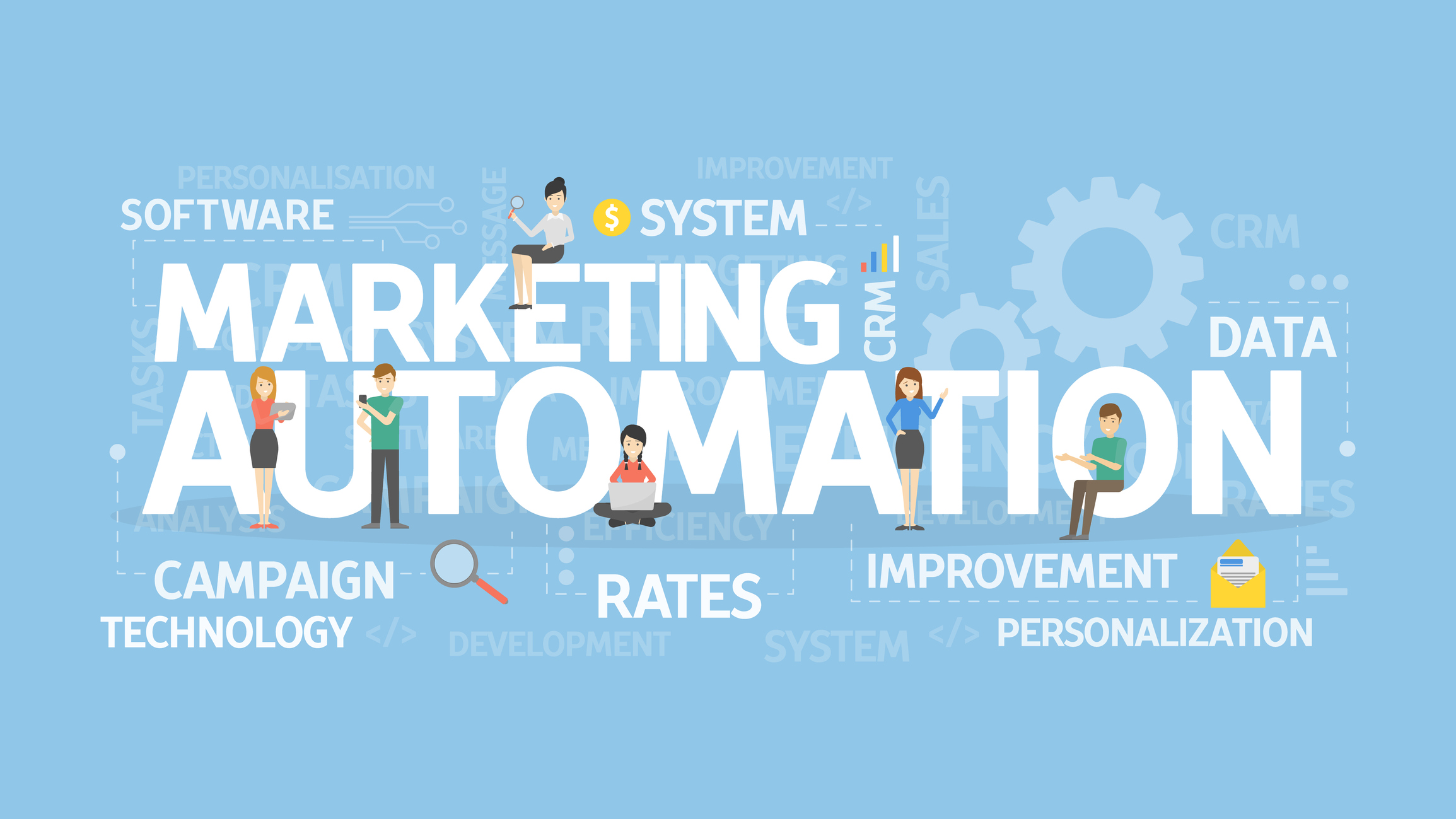In today’s fast-paced digital landscape, marketing automation has emerged as a critical tool for businesses seeking to streamline their marketing efforts and enhance customer engagement. By automating repetitive tasks, marketers can focus on strategy and creativity while ensuring that their campaigns are executed efficiently. However, successfully implementing marketing automation solutions requires careful planning and execution. This article outlines best practices for integrating top marketing automation platforms into your business strategy.
Understanding Marketing Automation
Marketing automation refers to the use of software to automate marketing tasks and workflows. This can include email marketing, social media posting, lead generation, and customer segmentation. The primary goal is to improve efficiency and effectiveness in marketing efforts, ultimately driving better results and higher ROI.
Key Benefits of Marketing Automation
- Increased Efficiency: Automating repetitive tasks allows marketing teams to focus on strategy and creative endeavors.
- Enhanced Customer Engagement: Personalized communication can be automated based on customer behavior and preferences.
- Improved Lead Management: Marketing automation helps in tracking leads through the sales funnel, ensuring timely follow-ups.
- Data-Driven Insights: Top marketing automation platforms provide analytics that help businesses understand campaign performance and customer behavior.
Best Practices for Implementing Marketing Automation Solutions
1. Define Clear Goals and Objectives
Before implementing a marketing automation solution, it’s essential to define clear goals and objectives. What do you want to achieve with marketing automation? Whether it’s increasing lead generation, improving customer retention, or enhancing brand awareness, having specific goals will guide your strategy and help you choose the right platform.
2. Choose the Right Marketing Automation Platform
Not all marketing automation platforms are created equal. When selecting a solution, consider the following factors:
- Features: Look for platforms that offer features aligned with your goals, such as email marketing, social media management, and analytics.
- Usability: The platform should be user-friendly, allowing your team to navigate it without extensive training.
- Integration: Ensure that the platform can integrate seamlessly with your existing tools, such as CRM systems, e-commerce platforms, and analytics tools.
- Scalability: Choose a platform that can grow with your business and adapt to changing needs.
Some of the top marketing automation platforms include HubSpot, Marketo, and Pardot, each offering unique features that cater to various business needs.
3. Segment Your Audience
Segmentation is key to effective marketing automation. By dividing your audience into distinct groups based on demographics, behavior, and preferences, you can tailor your messaging for each segment. This personalization increases engagement and conversion rates. Use the tools within your chosen platform to create smart lists and automate messaging based on these segments.
4. Create a Content Strategy
Content is at the heart of marketing automation. Develop a content strategy that aligns with your goals and addresses the needs of your target audience. Consider creating a mix of content types, such as blogs, videos, infographics, and e-books, to keep your audience engaged. Ensure that your content is optimized for SEO to attract organic traffic.
5. Design Automated Workflows
Automated workflows are essential for executing marketing campaigns efficiently. Design workflows that guide leads through the customer journey, from awareness to conversion. For example, you can set up a welcome email series for new subscribers or create a lead nurturing campaign that sends targeted content based on user behavior. Make sure to map out these workflows before implementation to ensure a smooth process.
6. Test and Optimize Campaigns
Testing is a crucial aspect of marketing automation. Use A/B testing to evaluate different elements of your campaigns, such as subject lines, call-to-action buttons, and content formats. Analyze the results to identify what works best and optimize your campaigns accordingly. Continuous testing and optimization will help improve your marketing efforts over time.
7. Monitor Performance Metrics
Tracking performance metrics is essential for understanding the effectiveness of your marketing automation efforts. Use the analytics tools provided by your platform to monitor key metrics, such as open rates, click-through rates, conversion rates, and ROI. Regularly review these metrics to gain insights into what’s working and where improvements are needed.
8. Train Your Team
Implementing a marketing automation solution is only as effective as the team using it. Invest time in training your staff on how to use the platform effectively. Provide resources, workshops, and ongoing support to ensure that everyone is comfortable navigating the system and utilizing its features to their fullest potential.
9. Ensure Compliance with Regulations
As you implement marketing automation, be aware of regulations such as GDPR, CAN-SPAM, and other data privacy laws. Ensure that your automated communications comply with these regulations to protect your business from potential legal issues. Include clear opt-in and opt-out options in your communications to respect your audience’s preferences.
10. Foster Collaboration Between Teams
Marketing automation shouldn’t exist in a vacuum. Encourage collaboration between marketing, sales, and customer service teams to ensure a cohesive approach to customer interactions. Sharing insights and data across departments can lead to more effective campaigns and improved customer experiences.
Conclusion
Implementing a marketing automation solution can significantly enhance your marketing efforts, but it requires careful planning and execution. By following these best practices, you can leverage top marketing automation platforms to streamline processes, engage customers, and drive results. With the right strategy in place, your business can not only save time and resources but also foster stronger relationships with your audience, leading to long-term success.
